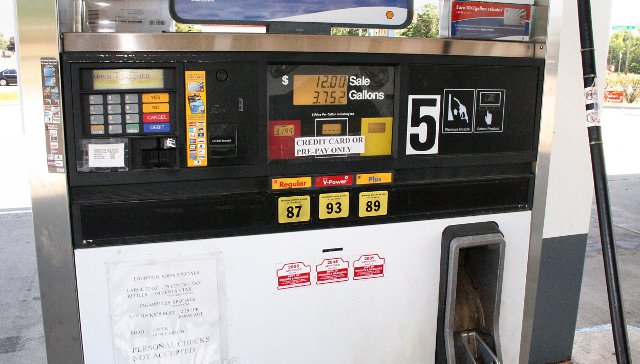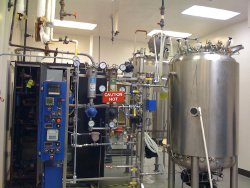
Imagine if instead of digging oil up out of the ground and refining it into gasoline, we could just have bacteria make it for us in a big vat somewhere. Since we would grow the food that the bacteria turn into gasoline, this would be a very low carbon fuel option that lets us keep the current internal combustion technology and the vast distribution system already in place. In other words, this approach would greatly decrease our carbon footprint with minimal retooling of the existing infrastructure.
The downside is that for now, the bacteria need the food we eat to make the gasoline. We got a taste back in 2008 and 2011 for what happens when we try to lower carbon emissions by using food to make biofuels—food price spikes and their accompanying riots. Ideally, we will want to be able to feed the bacteria stuff we can’t eat so that making gas doesn’t cause starvation.
This is all relevant because researchers from South Korea have engineered bacteria to make gasoline. Through a series of genetic tweaks and add-ons, they have coaxed the laboratory workhorse, E. coli, to make around 580 milligrams (mg) of gasoline per liter of culture. While this is an amazing bioengineering feat, 580 mg is as little as it sounds.
Using this handy calculator, it looks like there are 2.9 million or so mg per gallon of gas. A little algebra shows that we would need around 5000 liters of bacterial culture to get a gallon of gas. Even with the best gas mileage, this wouldn’t be competitive. And these researchers know it.

They claim that if they can boost the bacteria so that it makes 10 or 20 grams of gasoline per liter, then it will become competitive with gasoline obtained the old-fashioned way. They can get away with this still relatively low level of production because unlike oil or tar sands, the bacterial gasoline doesn’t need any refining. The bacteria produce it ready-to-go!

